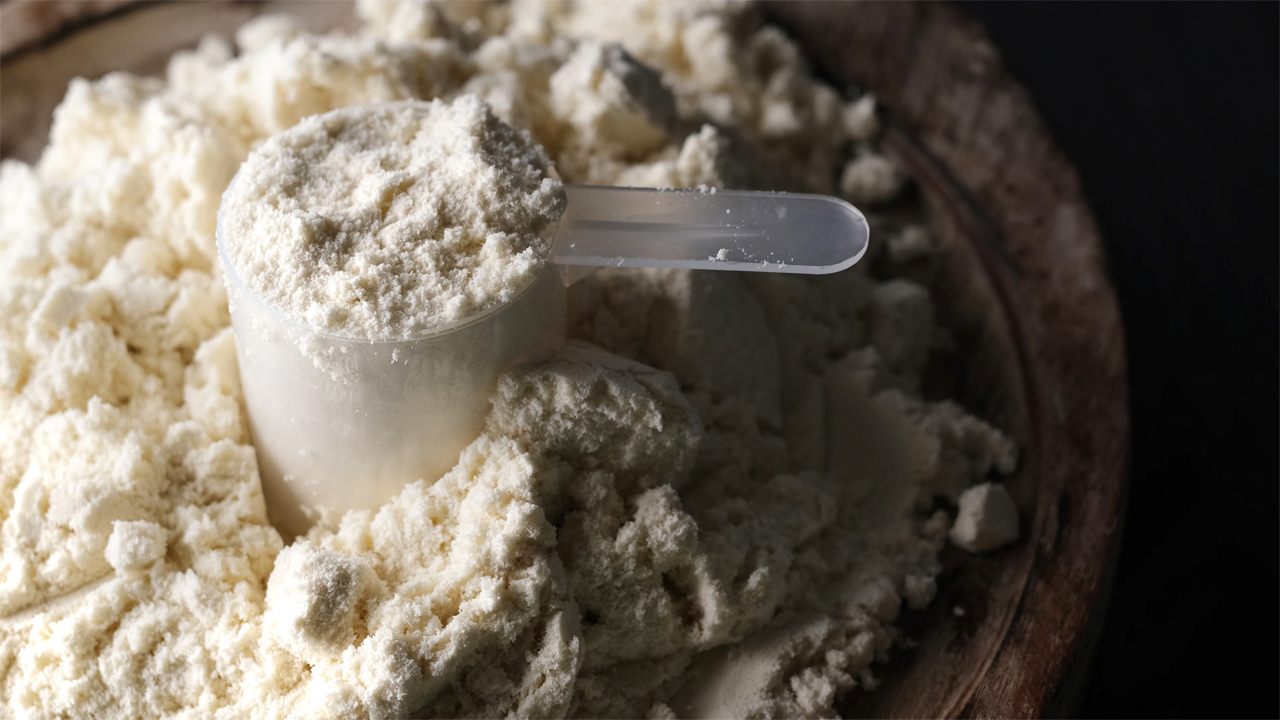Both consumers and those approaching the launch of a sports supplement line are faced with many alternatives when it comes to whey protein powder. The price differential is often significant between the two products. Let’s try to understand why and how we should orient our choice of use or production.
Summary
- WHEY vs ISO protein powder
- Whey concentration and isolation processes
- Business strategies for ISO proteins
- Conclusion
WHEY vs ISO protein powder
We simply call whey protein that is concentrated ‘WHEY’, while ‘ISO’ is protein that undergoes a further process called isolation, which increases its purity. The price of ISOs can be almost double that of WHEY proteins.
Until a few years ago, the difference between the two products was not only in price: WHEY often left a thick residue at the bottom of the glass or shaker and were objectively difficult to digest. ISOs were therefore a real revolution from a commercial point of view for sports food supplements. Today, however, with excellent raw materials with high solubility, WHEY can be dissolved instantly and used added to yoghurt simply by stirring.
To date, we can say that WHEY and ISO have the same ease of use and very similar specifications. But is the 10% higher protein concentration enough to justify the price of ISO protein? The answer must be left to the consumer, bearing in mind that only protein isolates manage to achieve a degree of lactose purification that allows them to use the label ‘lactose-free’. Moreover, many still claim to find them more digestible and easier to dissolve, although this is often just a bias due to past experience.
Whey concentration and isolation processes
The whey protein concentration process is a process used to obtain a high-protein derivative from whey, a watery, milky by-product of dairy (cheese) production. Only a small protein residue is present in whey and several steps are required to obtain a food-grade product. One of the most commonly used techniques is microfiltration or ultrafiltration, which uses porous membranes to separate the proteins from the liquid part of the whey. Microfiltration also aims to eliminate or minimise non-protein components such as lactose, fat and minerals, focusing on pure protein.
In addition to microfiltration, there are also washing steps with water or even further steps for which we speak of isolation. The process of protein isolation succeeds ultrafiltration – now commonly – and involves steps such as ion-exchange or reverse-flow chromatography and the solvent precipitation technique, popularly known as spraying. In the latter process, CO2 is sprayed: when carbon dioxide reaches supercritical pressure, it takes on unique properties that make it an effective solvent for separating proteins. The whey protein isolation process is capable of yielding raw materials that are up to 90 per cent concentrated and very low in fat and lactose.
Business strategies for ISO proteins
Communicating protein concentration
We often find on the shelves or in e-commerce, ‘ISO 90’ proteins that allude to a high degree of product concentration. Hardly the finished product is able to maintain a 90% protein concentration due to the excipients, but it will certainly have a better concentration than the WHEY products in the same shop.
Communicating whether it is lactose-free and other claims
A higher price must be justified. People looking for so-called premium products want immediate feedback for the higher cost they have paid. The (legally appropriate) use of claims is important to communicate the goodness of the product, and proteins using an isolated raw material often have the specifications to be declared lactose-free. If we have used sweeteners or sweeteners, we can communicate that the product is ‘no added sugar’ and, due to the use of highly refined proteins, also very low in fat. A regulatory expert will guide you.
Formulation with less raw material
Many brands focus on selling a lactose-free, isolated protein product, not necessarily with a very high protein content. They then introduce ingredients other than whey protein (that are lactose-free) or excipients that reduce the cost per packet. This is done to target (as they say in marketing) those who are lactose intolerant with an attractive price. The average consumer has more or less the same expectation of protein quantity per intake (24-30 grams per scoop) and a fair compromise can be achieved by increasing the scoop size in the pack. The important thing is to be transparent with the customer!
Finally, inclusions can be added or not (biscuits, dried fruit etc.), aiming for a more or less technical product and therefore more or less oriented towards flavour rather than technical specifications, calories, working on the format, packaging etc.
Conclusion
Whey protein concentrates, known as WHEY, have today reached a very good quality/price level that meets the needs of the average consumer. Protein isolates often have a sufficient degree of purification to make use of label claims that are attractive to some consumers, e.g. lactose-intolerant ones, as well as a slightly higher protein percentage. The choice is therefore one of marketing or of wallet (as far as the consumer is concerned), reminding us that protein supplements are a great solution for those looking to make a change in their diet with an eye on the budget.


